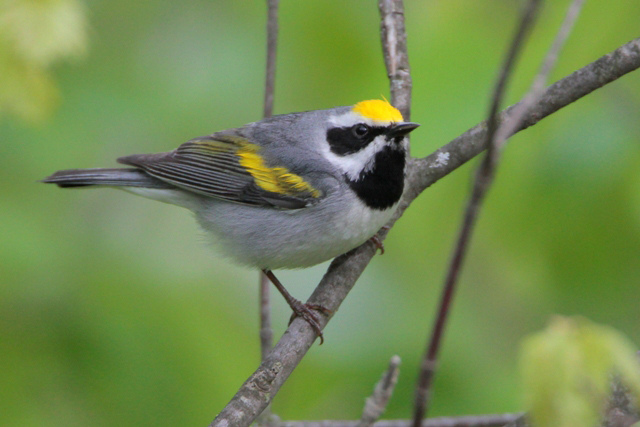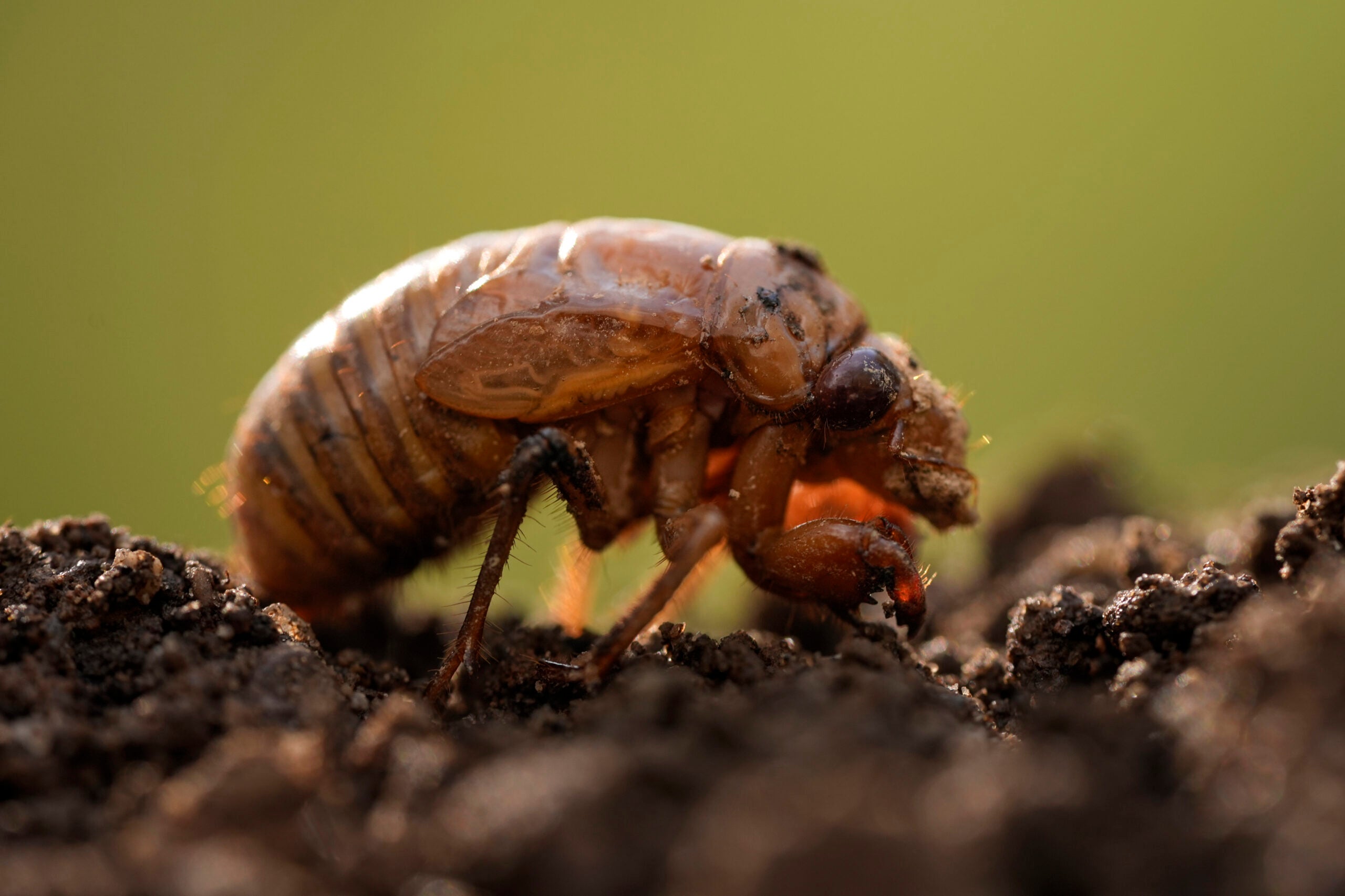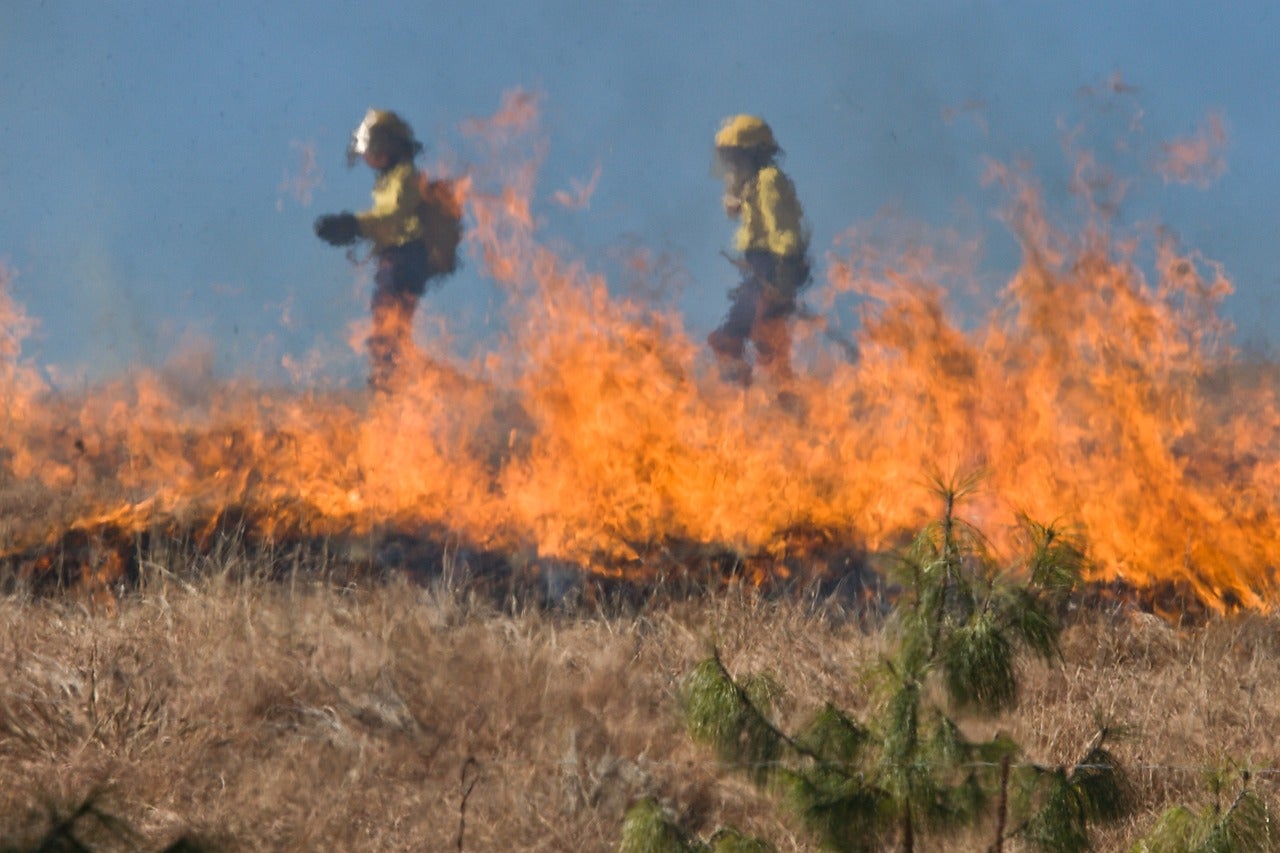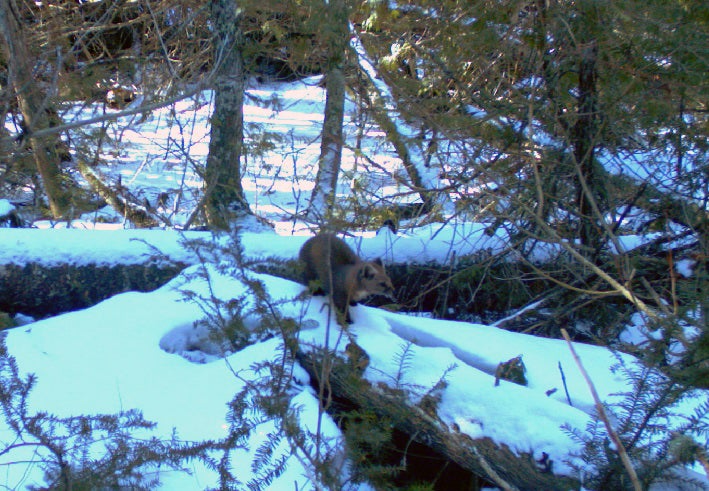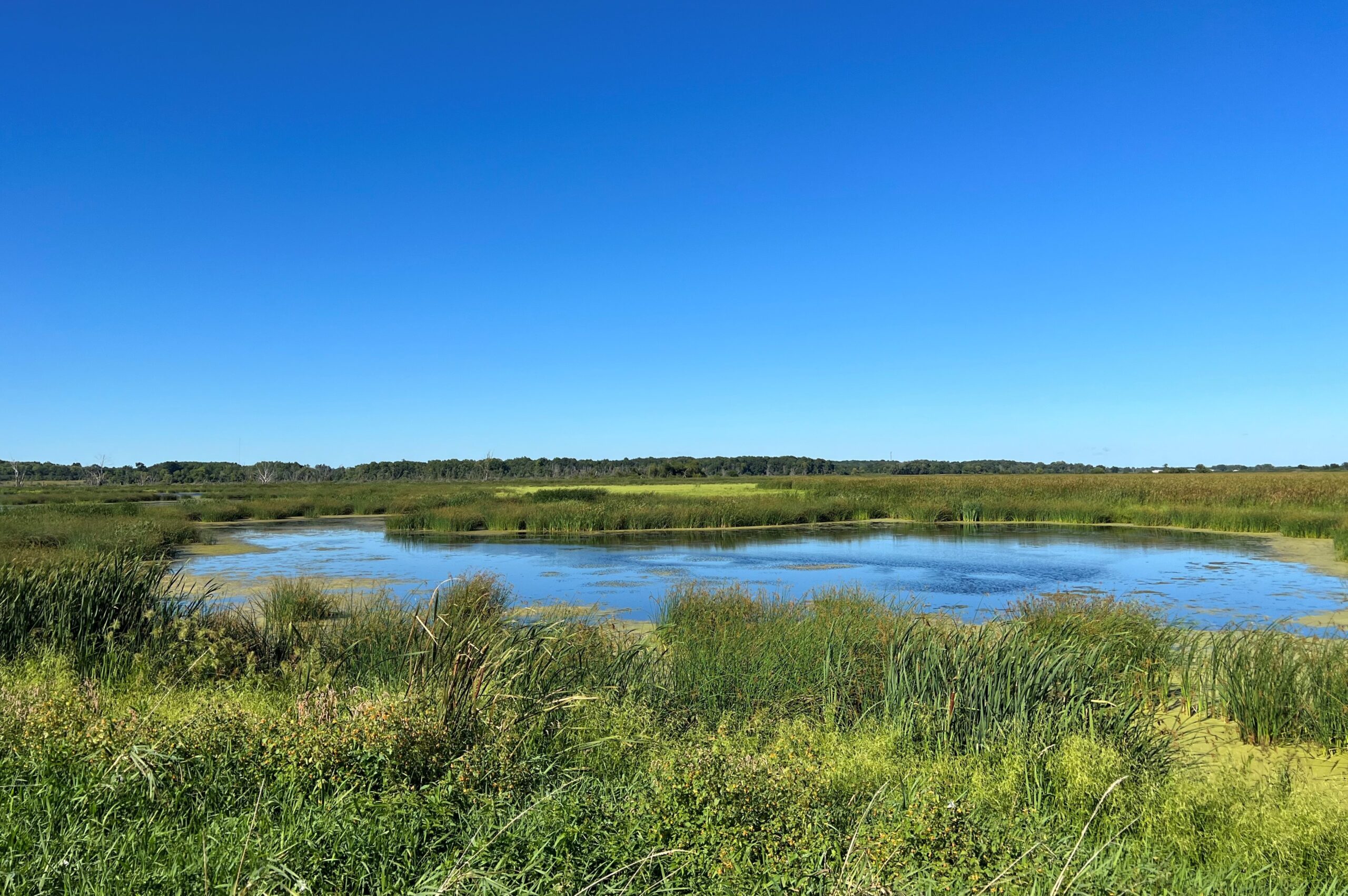Federal money is on the way to help the golden-winged warbler and other imperiled wildlife species in Wisconsin and two other Great Lakes states.
The U.S. Department of Agriculture announced earlier this week that it would provide $10 million for a forest and habitat conservation effort in Wisconsin, Minnesota and Michigan. One goal of the project is to keep the golden-winged warbler off the federal Threatened Species list.
In Rhinelander, Wisconsin Department of Natural Resources wildlife biologist Jeremy Holtz has gotten to know the warbler extremely well. He said Wisconsin is home to 25 percent of the world’s breeding population of the golden-winged warbler, and the songbird can be found nearly statewide.
Stay informed on the latest news
Sign up for WPR’s email newsletter.
However, the species is on Wisconsin’s list of “species of greatest conservation need.” The wildlife on that list have low or declining numbers and are in need of conservation action.
Holtz said the action for the golden-winged warbler will mainly be in northern counties, where aspen trees will need to be harvested.
“You almost need to think of aspen more like grass,” said Holtz. “When you cut it off the stump, it regrows from the roots and that’s how it reproduces … And so if you don’t manage aspen over time , it can grow sick and die out and you lose that component on the landscape.”
Holtz said that trees like Aspens are important because they provide a habitat for species like the American woodcock and the golden-winged warbler.
He said the federal money will help add more staff to do things like talking to private landowners about the benefits of managing their forests, which include extra income and improved wildlife habitat. Financial help will be available to qualifying landowners.
The American Bird Conservancy says the goal is to create new breeding areas for about 1,200 pairs of golden-winged warblers across the three states, to result in an increase of 16,000 birds within four years.
Other groups or government agencies taking part in the effort include the federal Natural Resources Conservation Service and Wisconsin Woodland Owners Association. It’s related to an effort called the Wisconsin Young Forest Partnership.
Wisconsin Public Radio, © Copyright 2024, Board of Regents of the University of Wisconsin System and Wisconsin Educational Communications Board.

